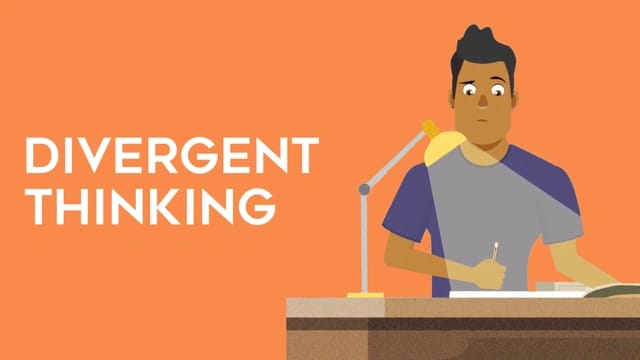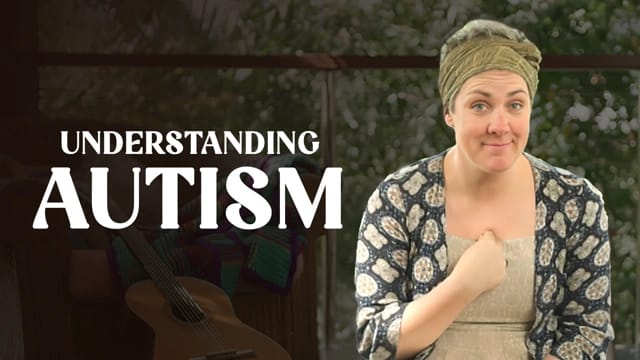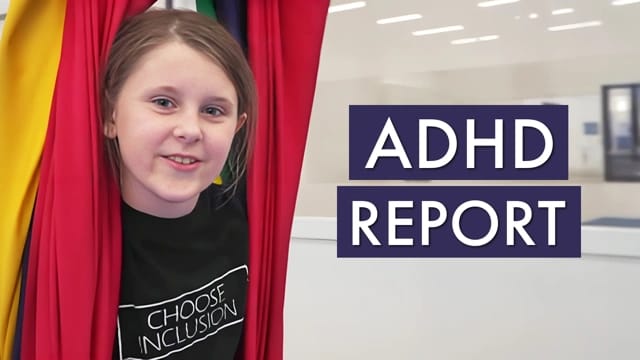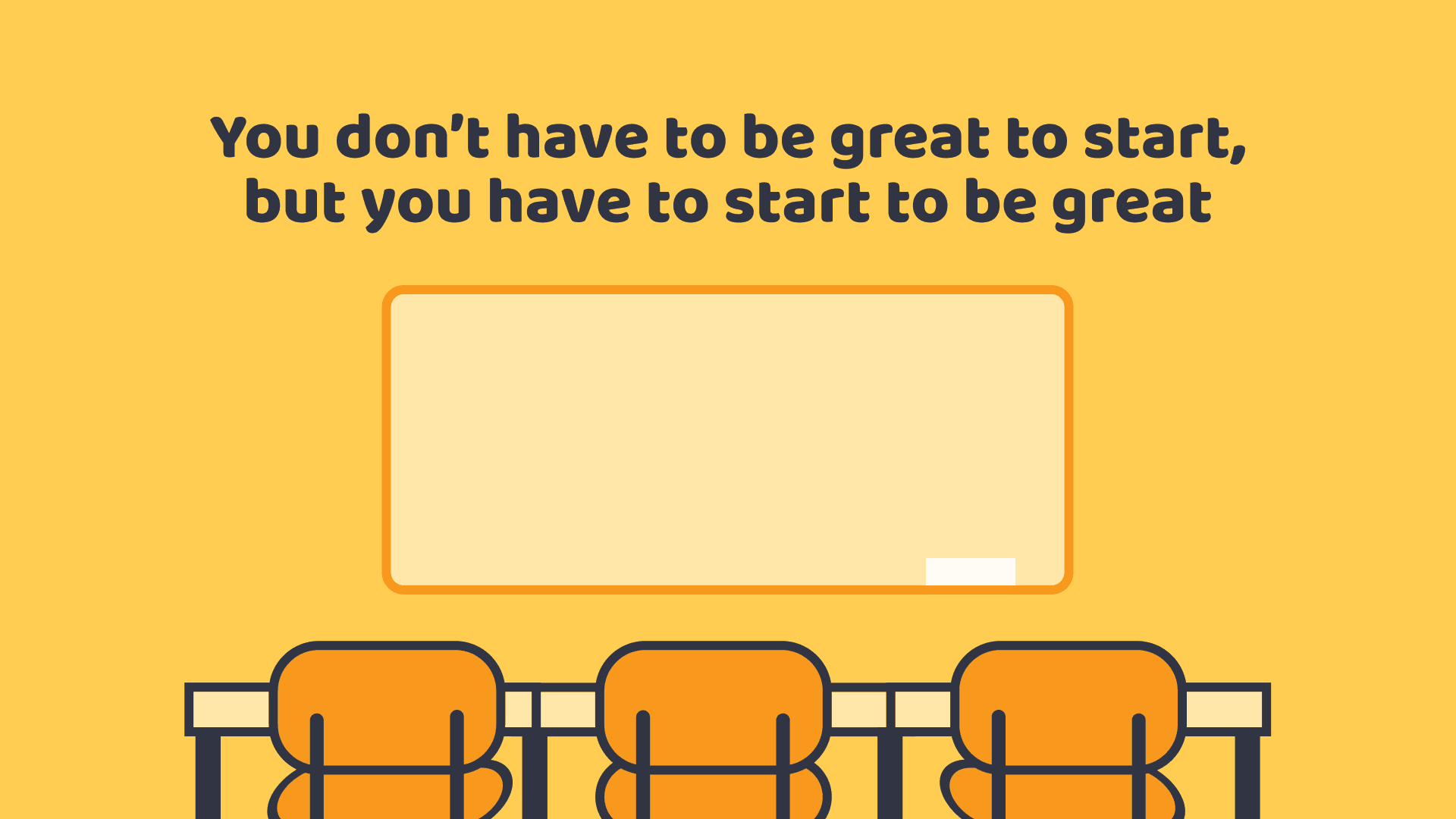Students bored in class? 5 ways to keep them entertained
In this guide
In the 13th century, a young student named Onfim should’ve been practising his writing.
He wrote down the first eleven letters of the alphabet and then became too bored to continue. Instead, he doodled a triumphant warrior taking down a beast, and, to ensure there wasn’t any confusion about the warrior’s identity, he labelled him as “Onfim”. It’s easy to imagine the disgruntled sigh of his teacher when he collected Onfim’s assignment.

Little has changed since the 13th century in this sense. Students still get bored, and teachers still struggle to combat it. As Erin Westgate, director of the Florida Social Cognition and Emotion Lab, points out, “There’s not good evidence that people are more bored today than they were in the past.”
Why do students sometimes become disengaged?
Boredom isn’t an inherently negative reaction to our environment. Boredom, like other neurological alerts such as pain, has a purpose; it indicates that what we’re doing doesn’t feel meaningful and that we’re struggling to focus.
Excessive boredom, however, has considerable consequences. Nearly half of high school drop-outs when surveyed cited boredom as the reason they left school, and boredom goes hand-in-hand with low academic achievement.
While some students may struggle with boredom more, or less, than others, the reason usually boils down to one thing. Boredom happens when your environment and tasks don’t line up with your needs and interests.
So, how can we mitigate boredom in our classes?
1) Bored students vs struggling students
Boredom can negatively impact students’ behaviour and academic achievement, but it’s not always an inherently negative reaction to their environments (which I’ll touch on later). Boredom becomes an issue when seen simply as an indication that something is wrong.
For some students however, boredom is an indicator of a deeper, underlying problem. It’s important to identify whether students are actually bored, or if they’re struggling.
Challenges (or lack thereof)
Boredom seems like an obvious indicator that the course load is too easy, but that’s not always the case. Many students aren’t comfortable verbalising that they need help. Students that dismiss classwork because ‘they’re bored’ may be struggling instead.
It’s easy to understand how class material that’s too easy can be boring. But what about class material that’s too challenging? Westgate describes the inverse as, “If I’m not understanding, I don’t know what’s going on.”
Try scaffolding difficult concepts and/or giving individual assignments or assistance to these students. With the right tools and assistance, “bored” students may change their perception to challenging concepts–and stop being “bored”.
2) Help students connect to what they’re learning
Boredom tells us that what we’re doing isn’t meaningful, and I’m familiar with that experience myself. My least meaningful subject was Algebra; the endless drills and equations seemed pointless, as if I had to solve them for no other reason than… well, solving them.
For some students, that challenge was enough to spark interest. For me, I was bored to death and barely participated.
Yet, I loved subjects like chemistry and biology, and I didn’t mind the equations and mathematical theorems in those subjects. I felt there was “a point” to Algebra within those subjects, that they were tools to understand something tangible and interesting. Many of my teachers didn’t understand why I could excel in chemistry yet struggle to even pass Algebra. The reason seemed pretty obvious to me though.
Making subject matter meaningful isn’t an easy task for educators though. Clearly, what’s meaningful to one student may not be meaningful for another. I’ve encountered students like me and had to wonder: how do I deal with a student like myself?
Creating purpose and value
Students may struggle to connect, or care, about what they’re learning if they don’t understand the purpose of it, or if what they’re doing isn’t seen as valuable. Academic performance improves when students can connect what they’re learning to their own personal goals and lives.
Get creative with making connections, and encourage students to explore them. Reach for real world connections that your students may be familiar with. All students can benefit from this, but it’s particularly important for neurodivergent students.
3) Identifying boredom in neurodivergent students
Relevancy and connection can become a serious roadblock for neurodivergent students. Boredom is particularly challenging for students with Autism Spectrum Disorder (ASD) and Attention Deficit (Hyperactivity) Disorder (ADHD), although how and why boredom becomes an issue can vary between the two and from student to student.
Boredom and ASD
There’s two factors for students with ASD: routine and communication. Students with ASD thrive with solid routines and clear expectations. If they’re resistant to a task or class material, it’s often because they don’t understand why they need to do it. Purpose must be communicated for a connection to be made.
Many students with ASD experience boredom differently than others. Monotony, structure, and predictability may bore students (and adults) who aren’t on the spectrum, but this can be inverted for students with ASD. A student with ASD that’s deeply engaged in a seemingly ‘boring’ or ‘repetitive’ task might not be bored, and the best thing you can do is actually quite simple:
Ask them if they’re bored.
“Our society is built around offering alternatives to tedium, and most people welcome the opportunity to escape the expectation that tomorrow will be exactly the same as today…” explains Dr. Kenneth Roberson. “Not so in the case of most adults with Autism Spectrum Disorder.”
While it’s true that routines are important for ASD students, the reason why is often misunderstood. Sure, Autistic students thrive in routines–but not ones imposed on them against their will. I’ll get to that in the next section.
Boredom and ADHD
On the other hand, boredom can feel truly unbearable for students with ADHD. Even worse, students with ADHD experience boredom more frequently and more intensely than their peers. Bored students with ADHD are probably understimulated, and the ADHD brain craves stimulation. The predisposition to understimulation and the drive to fix it is a common experience with ADHD.
But what does it actually look like when a student with ADHD is struggling with understimulation? It might not present the way you’d assume.
Some understimulated students may seek internal stimulation, which can present as daydreaming, inattention, and low participation. Others may seek stimulation externally and engage in thrill-seeking or impulsive behavior or feel unable to sit still. All may struggle to control the emotional impulsivity that boredom and under stimulation triggers.
Social stigma, stereotypes, and a severe lack of study and diagnostic criteria for female students can make ADHD challenging to identify in real time. Studies have shown that teachers and school administrators are more likely to refer male students for ADHD diagnosis and treatment or accommodations when they have equal or lower levels of impairment to their female peers.
4) Activities to combat boredom for neurodivergent students
Engage and connect special interests
Helping students connect to what they’re learning benefits all students, neurodivergent or not. It is, however, particularly important for students with ASD and ADHD.
Students with ASD, ADHD, or both often have special interests and/or hyperfixations that they enjoy engaging with. If they’re struggling to access or engage with a subject, try connecting it to one of their special interests in some way. Even a seemingly superficial connection can spark a genuine interest for a student who previously had none.
Two of my favourite ways to access students’ special interests is by journaling and this weekly activity allows them to share their current special interests each week. The activity is something students can look forward to and can build peer relationships. However, it’s not suitable for every class, and students may be uncomfortable sharing interests if they’ve had negative experiences with it in the past. In that case, asking students to share their interests in a weekly journal prompt they can share with you and/or trusted peers might be the way to go.
Help students with ASD engage in subjects that don’t interest them
As stated previously, Autistic students’ experience with boredom differs from their peers. If a student with ASD is disengaged or resistant to class material, it’s probably not because they’re “bored”.
Autistic students struggle with rules they find illogical or irrational and find it difficult to tolerate wrongness or demands they find unreasonable. If an educator tries to force it, so to speak, it can damage their sense of autonomy and comfort in the classroom. The world can already feel confusing and overwhelming for Autistic students, and seemingly inexplicable demands only compound this feeling.
It is imperative that you clearly communicate why the subject or class material is being introduced, and why it’s worth examining. If an ASD student is particularly engaged in a special interest instead, try to bridge a connection between their interest and the class material.
Help students with ADHD regulate their attention spans with breaks

ADHD isn’t really about the inability to focus, but the ability to shift your focus–especially from something you like to something you don’t care about. Teaching strategies for ADHD often center on students’ struggle to begin tasks and keep track of assignments, which means hyperfocus, or hyperfixation, is often overlooked.
“People who think ADHD means having a short attention span misunderstand what ADHD is,” says Kathleen Nadeau, Ph.D. “A better way to look at it is that people with ADHD have a dysregulated attention system.”
The connection between boredom and hyperfocus may not be obvious. Hyerfocus can feel, or look, like a superpower. However, it can foster time blindness, emotional instability, and burn out if unregulated.
Students may be unaware of how much time has passed or is left during hyperfocus, neglecting basic needs like bathroom breaks, hydration, and hunger. As a pattern, periods of hyperfocus will result in periods of burn out, during which your student can seem bored by anything and everything.
Helping your students regulate their needs can help them better regulate their attention and prevent burn-out. Implementing regular, short breaks can prevent this cycle and prevent students from getting bored.
5) Help students understand and process boredom
In small increments, boredom is a healthy and normal response. This period of idleness can be a much-needed rest for the brain, and it’s when many people come up with solutions to problems and/or process their experiences. It can be an opportunity for students to seek out hobbies, friends, and activities.
Boredom is an uncomfortable feeling though, and today’s technology makes it easy to avoid it entirely. Teaching students how to be bored, rather than avoid or escape it, can help them navigate it, and potentially other uncomfortable emotions.
Value rest and relaxation
Your brain isn’t inactive when you’re resting or bored. On the contrary, this is when the default mode network, or DMN, is most active. The DMN kicks in when you’re not focused on tasks, and it can lead to creativity and problem solving.
Reminiscing and rumination
Processing anxieties about the future and past and assessing other worries is another feature of the DMN. This time is essential for coming up with creative solutions to problems and processing experiences.
Like boredom, this can be an issue if done too frequently. In healthy doses, it’s a necessary skill for students to develop.
Go outside

An easy way to combat boredom is to go on a walk, or put yourself in a new environment. A brief nature walk can foster a safe, calming environment for students to indulge in creative thinking and reset their emotional states. They can return to the classroom in a more rested, open state of mind.
Try new things and stay curious
Sitting with boredom long enough might prompt you to try a new hobby, game, book, or something else to occupy your time that you’ve never tried before. Boredom and curiosity often go hand in hand.
Ask students to consider the following. What are you curious about? Have you ever indulged your curiosity? Why not try it the next time you’re bored? After all, there’s nothing else to do.
In addition, you can help primary students unpack boredom with this resource.
References
- Seshadri, A. (2022). Boost your brain with boredom. [online] Mayo Clinic Health System. Available at: https://www.mayoclinichealthsystem.org/hometown-health/speaking-of-health/boost-your-brain-with-boredom.
- Rosa, S.D.R. (2022). Understanding How Routines Can Help Autistic People Thrive. [online] THINKING PERSON’S GUIDE TO AUTISM. Available at: https://thinkingautismguide.com/2022/04/understanding-how-routines-can-help-autistic-people.html.

Amanda Joachim
briefcase iconEducation & Research Consultant
Amanda Joachim is an educational media consultant, researcher, and writer. Her interdisciplinary and creative approach is inspired by her own experiences learning and working in the Philadelphia school district.
Other posts
Want more content like this?
Subscribe for blog updates, monthly video releases, trending topics, and exclusive content delivered straight to your inbox.












